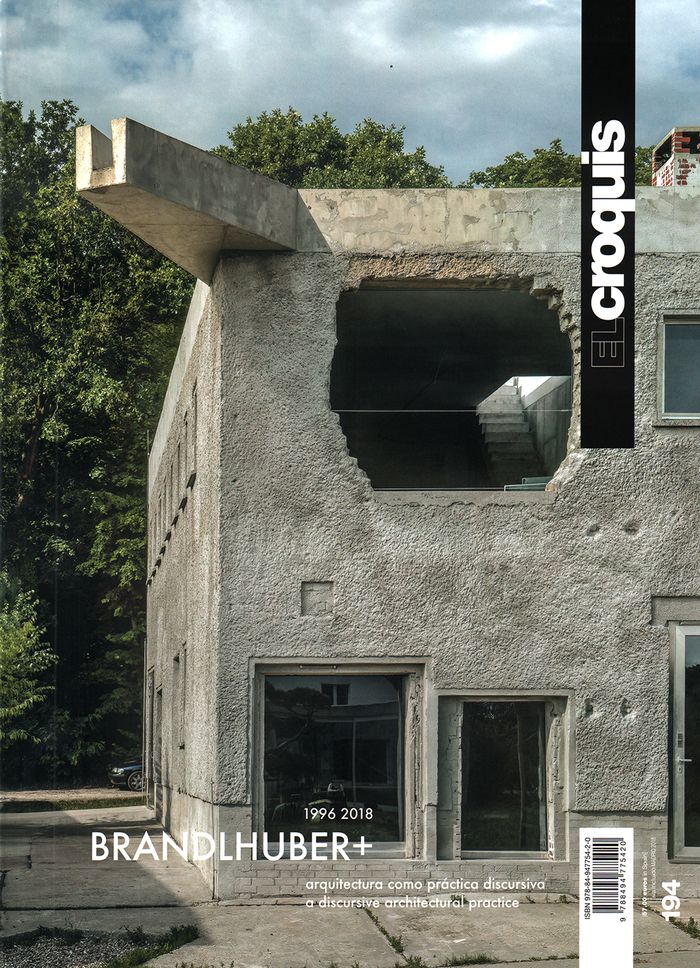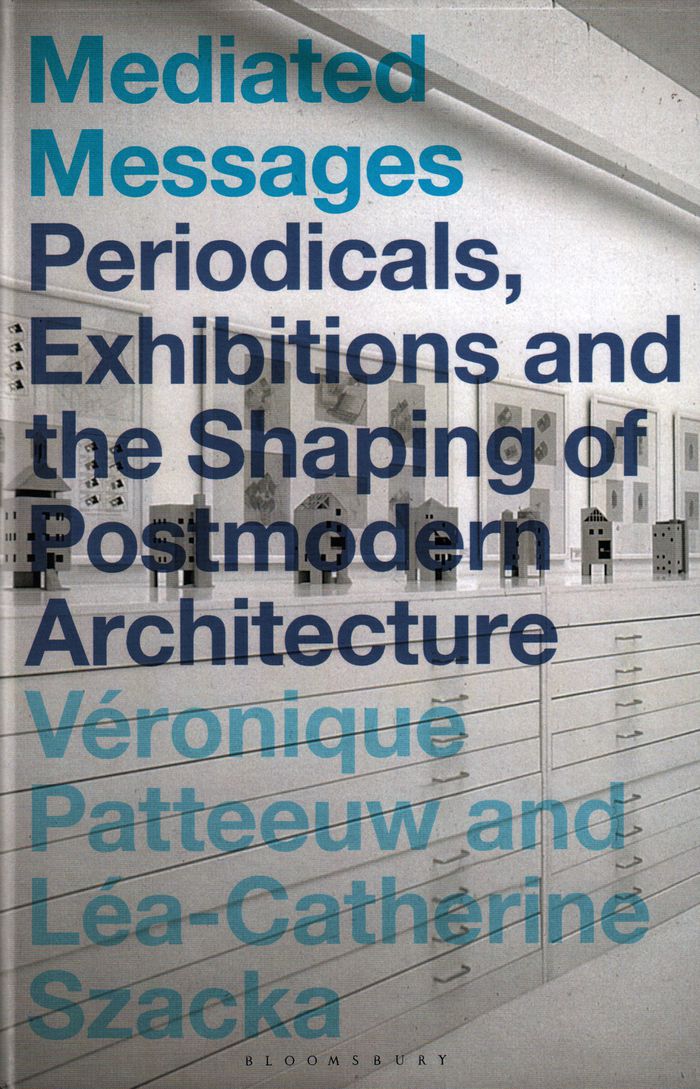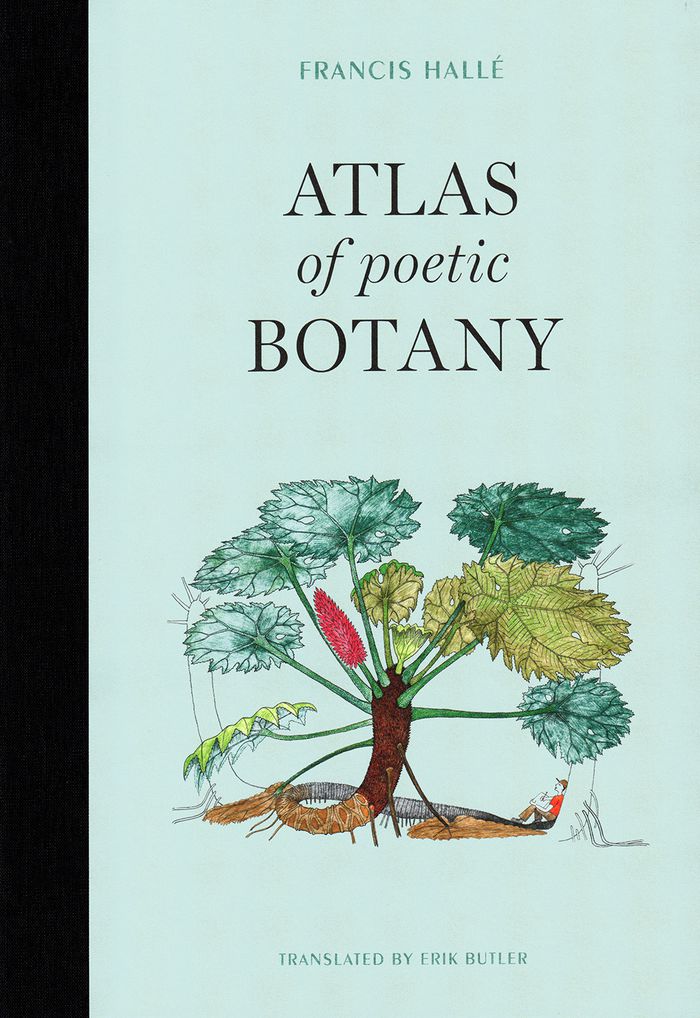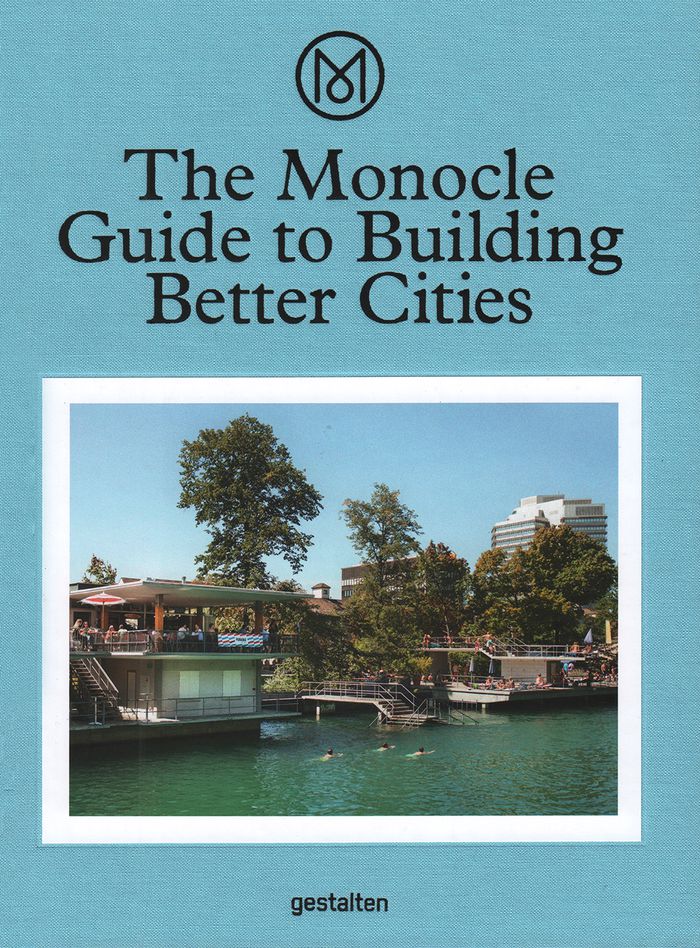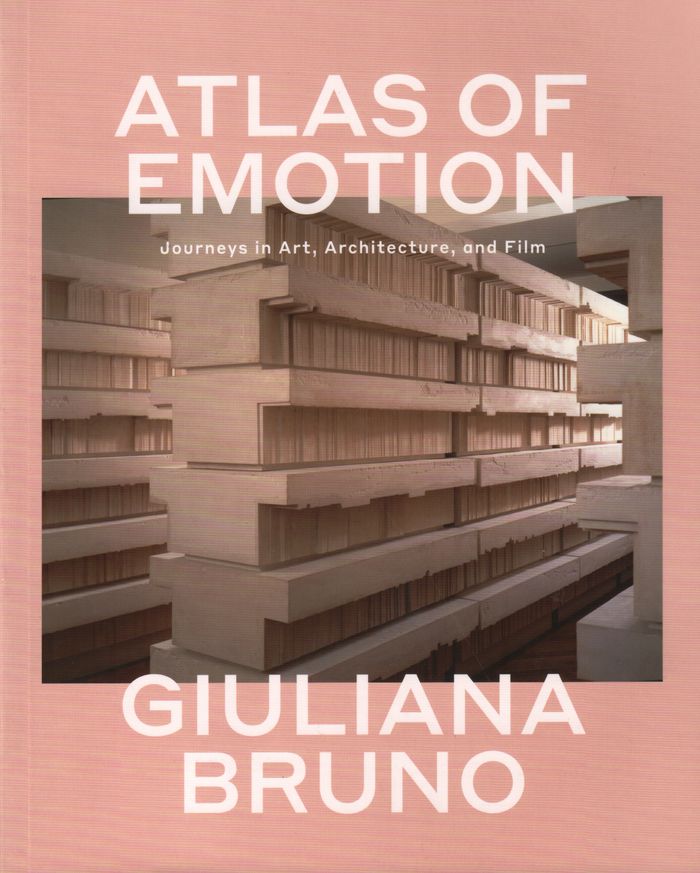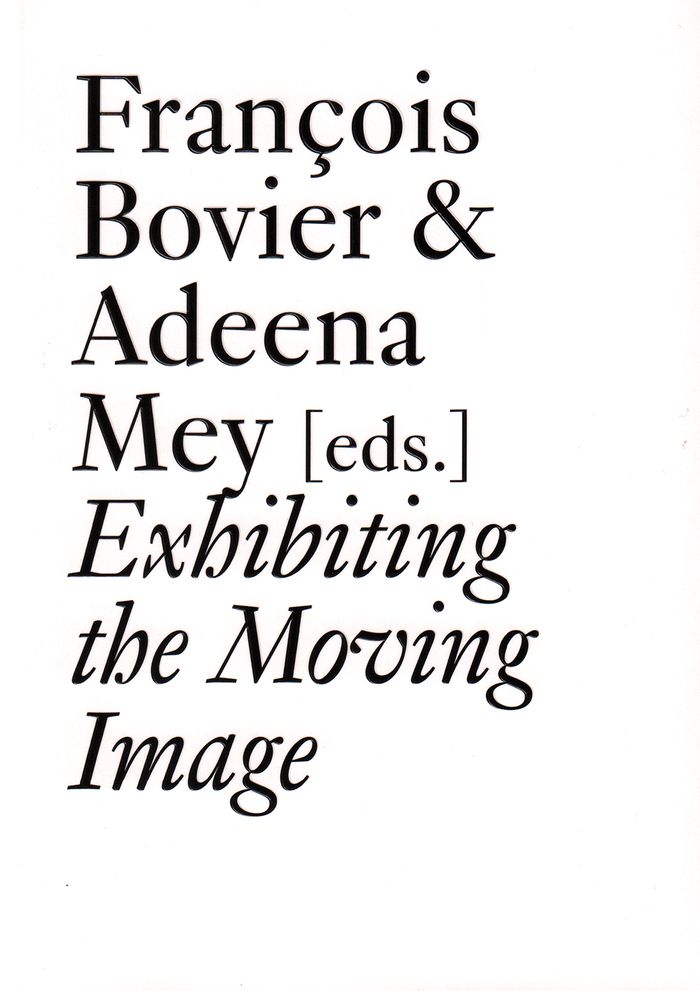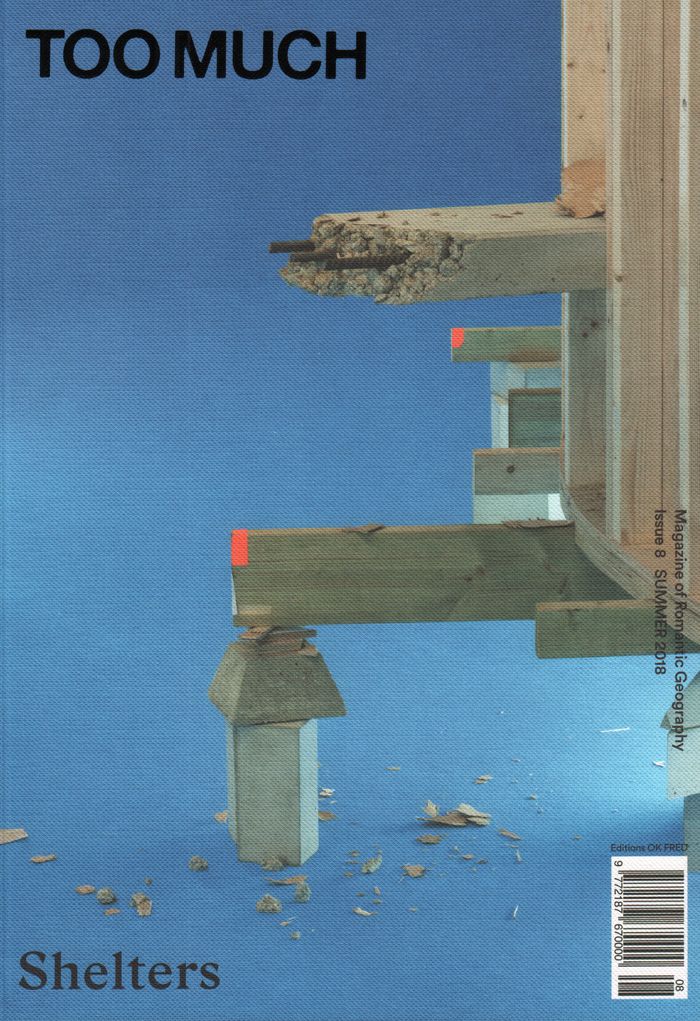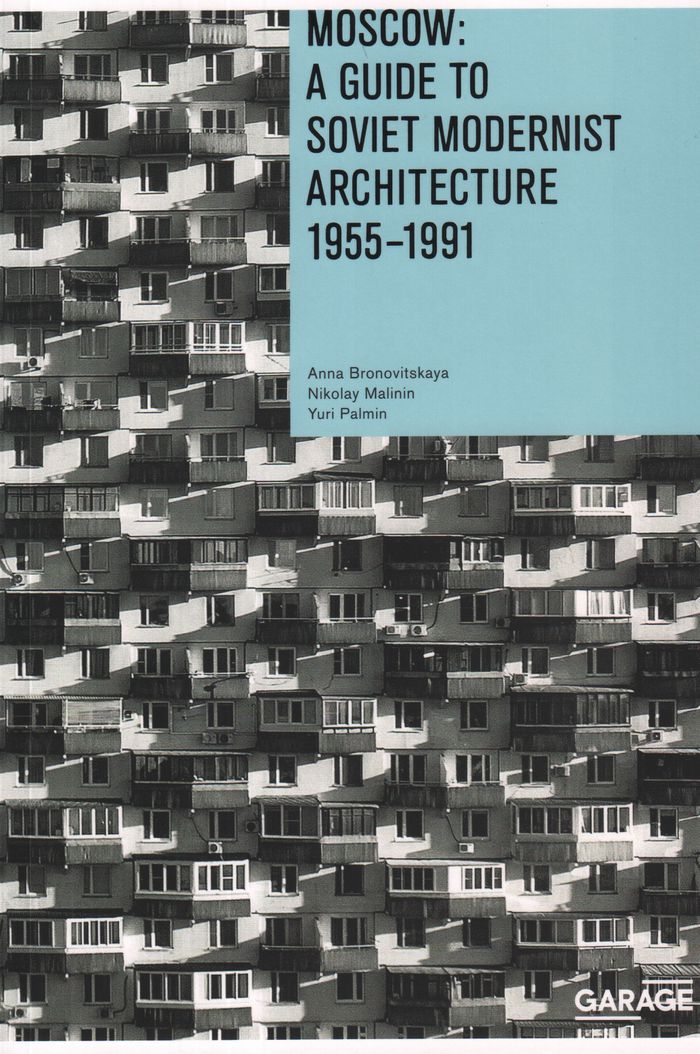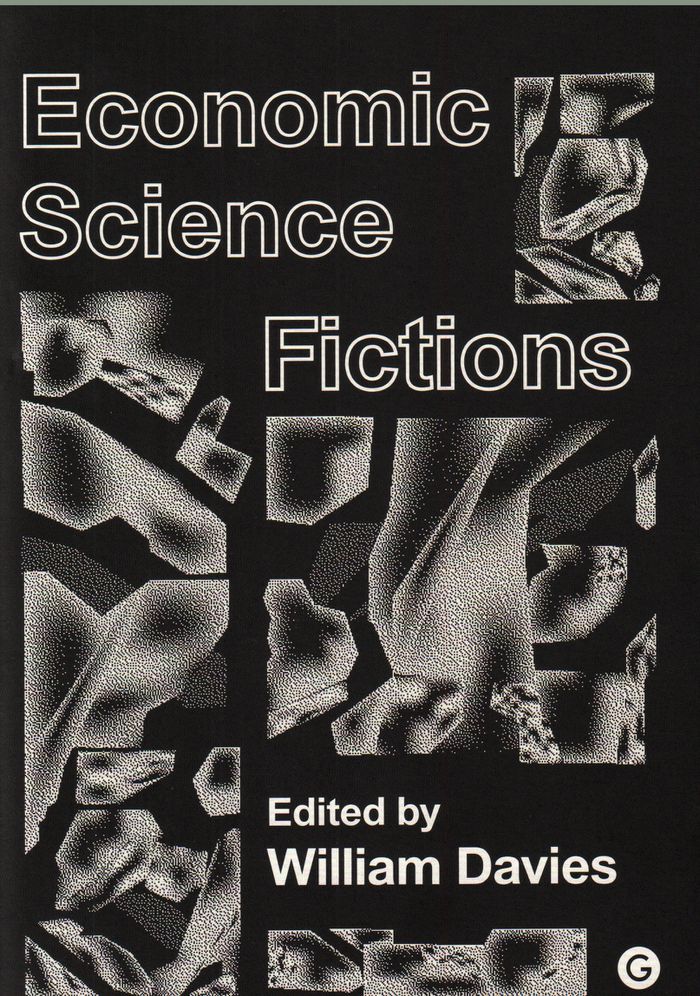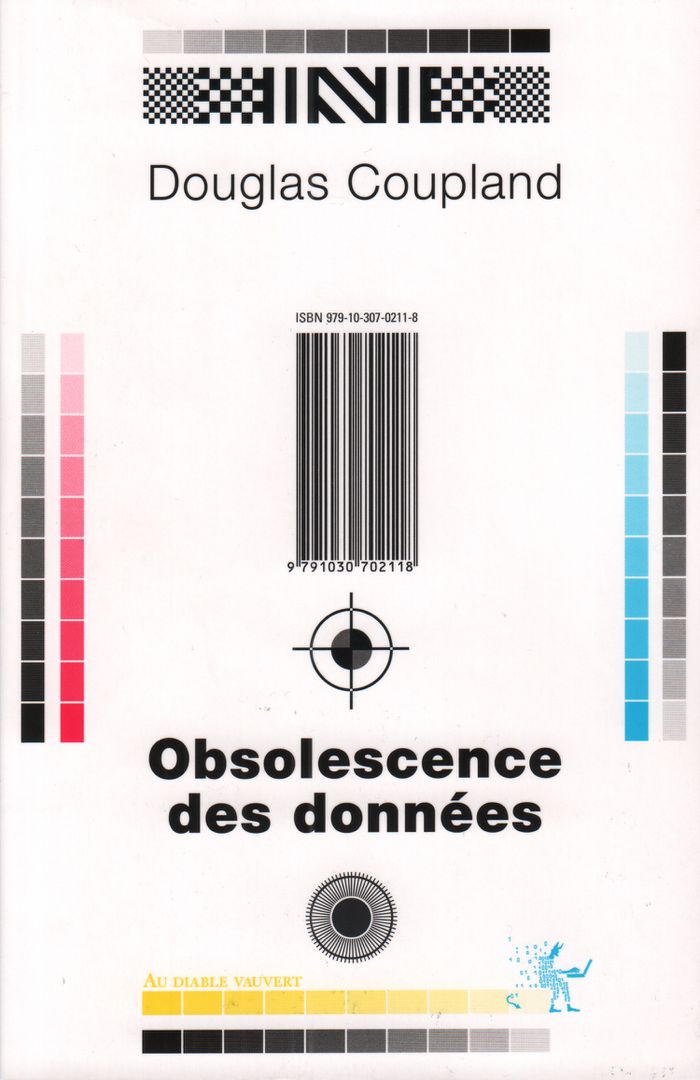$110.00
(disponible sur commande)
Résumé:
This issue of El Croquis features the work of Arno Brandlhuber. The Berlin-based architect is known for his various collaborative practices involving an array of people – architects, artists, writers, filmmakers, musicians – and an oeuvre rich in cultural references. Brandlhuber stands for a discursive practice; he brings together individuals who represent the new(...)
El Croquis 194 : Brandlhuber+ 1996-2018
Actions:
Prix:
$110.00
(disponible sur commande)
Résumé:
This issue of El Croquis features the work of Arno Brandlhuber. The Berlin-based architect is known for his various collaborative practices involving an array of people – architects, artists, writers, filmmakers, musicians – and an oeuvre rich in cultural references. Brandlhuber stands for a discursive practice; he brings together individuals who represent the new creative class which has become increasingly crucial for cities everywhere, and he believes in their ability to develop new, more diverse and flexible lifestyles. This special issue includes essays by Bart Lootsma and Moritz Küng, and features a selection of 20 exemplary projects.
$159.60
(disponible sur commande)
Résumé:
Mediated Messages presents a collection of original writing exploring the role played by the media in the development of postmodern architecture in the 1970s and 80s. The book's twelve chapters and case-studies examine a range of contemporary periodicals and exhibitions to explore their role in the postmodern. This focus on mediation as a key feature of architectural(...)
juillet 2018
Mediated messages: periodicals, exhibitions and the shaping of postmodern architecture
Actions:
Prix:
$159.60
(disponible sur commande)
Résumé:
Mediated Messages presents a collection of original writing exploring the role played by the media in the development of postmodern architecture in the 1970s and 80s. The book's twelve chapters and case-studies examine a range of contemporary periodicals and exhibitions to explore their role in the postmodern. This focus on mediation as a key feature of architectural post-modernism, and the recognition that post-modernism grew out of developments in the media, opens up the possibility of an important new account of post-modernism distinct from existing narratives.
Atlas of poetic botany
$33.95
(disponible en magasin)
Résumé:
This Atlas invites the reader to tour the farthest reaches of the rainforest in search of exotic—poetic—plant life. Guided in these botanical encounters by Francis Hallé, who has spent forty years in pursuit of the strange and beautiful plant specimens of the rainforest, the reader discovers a plant with just one solitary, monumental leaf; an invasive hyacinth; a tree(...)
Atlas of poetic botany
Actions:
Prix:
$33.95
(disponible en magasin)
Résumé:
This Atlas invites the reader to tour the farthest reaches of the rainforest in search of exotic—poetic—plant life. Guided in these botanical encounters by Francis Hallé, who has spent forty years in pursuit of the strange and beautiful plant specimens of the rainforest, the reader discovers a plant with just one solitary, monumental leaf; an invasive hyacinth; a tree that walks; a parasitic laurel; and a dancing vine. Further explorations reveal the Rafflesia arnoldii, the biggest flower in the world, with a crown of stamens and pistils the color of rotten meat that exude the stench of garbage in the summer sun; underground trees with leaves that form a carpet on the ground above them; and the biggest tree in Africa, which can reach seventy meters (more tha 200 feet) in height, with a four-meter (about 13 feet) diameter. Hallé's drawings, many in color, provide a witty accompaniment.
$74.95
(disponible sur commande)
Résumé:
How do we make better cities – places that work for people of all ages and backgrounds? How do we make cities that provide the obvious essentials – great transport, good places to work – as well as the softer elements that truly deliver quality of life, from urban swimming pools to rooftop clubs? Since its launch in 2007, Monocle has been passionate about making better(...)
The Monocle guide to building better cities
Actions:
Prix:
$74.95
(disponible sur commande)
Résumé:
How do we make better cities – places that work for people of all ages and backgrounds? How do we make cities that provide the obvious essentials – great transport, good places to work – as well as the softer elements that truly deliver quality of life, from urban swimming pools to rooftop clubs? Since its launch in 2007, Monocle has been passionate about making better places to live. Every year it publishes a Quality of Life Survey, which names the top 25 cities to call home. In addition, across the issues, it has interviewed the best mayors, looked at the metropolises putting pedestrians first and met the people creating the best parks, both pocket and grand. Discover how you too can have a High Line, create the most covetable housing or turn a dirty river into a summer asset.
$61.00
(disponible sur commande)
Résumé:
Traversing a varied and enchanting landscape with forays into the fields of geography, art, architecture, design, cartography and film, Giuliana Bruno's ''Atlas of Emotion'', winner of the 2004 Kraszna-Krausz award for ''the world's best book on the moving image,'' is a highly original endeavor to map a cultural history of spatio-visual arts. In an evocative montage of(...)
Atlas of emotion: journeys in art, architecture, and film
Actions:
Prix:
$61.00
(disponible sur commande)
Résumé:
Traversing a varied and enchanting landscape with forays into the fields of geography, art, architecture, design, cartography and film, Giuliana Bruno's ''Atlas of Emotion'', winner of the 2004 Kraszna-Krausz award for ''the world's best book on the moving image,'' is a highly original endeavor to map a cultural history of spatio-visual arts. In an evocative montage of words and pictures she emphasizes that ''sight" and "site" but also ''motion" and "emotion'' are irrevocably connected. In so doing, she touches on the art of Gerhard Richter and Annette Messagem: the film-making of Peter Greenaway and Michaelangelo Antonioni; the origins of the movie palace and its precursors, and on her own journeys to her native Naples. Visually luscious and daring in conception, Bruno opens new vistas and understandings at every turn.
Exhibiting the moving image
$39.95
(disponible sur commande)
Résumé:
Since the 1990s, a "cinematographic turn" has taken place in contemporary art, paralleled by the emergence of a "cinema of exhibition." This collection of new essays investigates the relationships between the "white cube" and the "black box," focusing mainly on the 1970s, a decade in which film practices and moving images were integrated into museums and art spaces. The(...)
mars 2016
Exhibiting the moving image
Actions:
Prix:
$39.95
(disponible sur commande)
Résumé:
Since the 1990s, a "cinematographic turn" has taken place in contemporary art, paralleled by the emergence of a "cinema of exhibition." This collection of new essays investigates the relationships between the "white cube" and the "black box," focusing mainly on the 1970s, a decade in which film practices and moving images were integrated into museums and art spaces. The authors analyze multiple modalities of presenting the moving image through historical case studies: the anatomy of video art, expanded cinema, artists’ films and installations, and the moving image in the public sphere. Exploring examples from the 1930s to the present, these contributions address commercial, spectacular or advertising forms of moving images, artists’ performative practices, installations in large museums, exhibitions devoted to projections and festivals of experimental films.
Too Much 08: Shelters
$42.00
(disponible sur commande)
Résumé:
This issue is about the shape of shelter, including Gordon Matta-Clark’s legendary bodega-turned-kitchen called FOOD, which ran from 1971 to 1974 in New York. It was a restaurant that emerged from the broken infrastructure of the metropolis — a weird idyll in a rundown town where you could eat alchemical concoctions and drink cheap sake with the neighbourhoods’ hungry artists.
Too Much 08: Shelters
Actions:
Prix:
$42.00
(disponible sur commande)
Résumé:
This issue is about the shape of shelter, including Gordon Matta-Clark’s legendary bodega-turned-kitchen called FOOD, which ran from 1971 to 1974 in New York. It was a restaurant that emerged from the broken infrastructure of the metropolis — a weird idyll in a rundown town where you could eat alchemical concoctions and drink cheap sake with the neighbourhoods’ hungry artists.
$47.50
(disponible sur commande)
Résumé:
"Moscow: a guide to Soviet modernist architecture 1955-1991" provides descriptions of almost 100 buildings from the most underrated period of Soviet architecture. This is the first guide to bring together the architecture made during the three decades between Khrushchev and Gorbachev, from the naive modernism of the "thaw" of the late 1950s through postmodernism.(...)
septembre 2019
Moscow: a guide to Soviet modernist architecture 1955-1991
Actions:
Prix:
$47.50
(disponible sur commande)
Résumé:
"Moscow: a guide to Soviet modernist architecture 1955-1991" provides descriptions of almost 100 buildings from the most underrated period of Soviet architecture. This is the first guide to bring together the architecture made during the three decades between Khrushchev and Gorbachev, from the naive modernism of the "thaw" of the late 1950s through postmodernism. Buildings include the Palace of Youth, the Rossiya cinema, the Pioneer Palace, the Ostankino TV Tower, the TASS headquarters, the "golden brains" of the Academy of Sciences and less well-known structures such as the House of New Life and the Lenin Komsomol Automobile Plant Museum. The authors situate Moscow's postwar architecture within the historical and political context of the Soviet Union, while also referencing developments in international architecture of the period.
Economic science fictions
$42.95
(disponible sur commande)
Résumé:
From the libertarian economics of Ayn Rand to Aldous Huxley's consumerist dystopias, economics and science fiction have often orbited each other. In ''Economic Science Fictions'', editor William Davies has deliberately merged the two worlds, asking how we might harness the power of the utopian imagination to revitalize economic thinking.
Economic science fictions
Actions:
Prix:
$42.95
(disponible sur commande)
Résumé:
From the libertarian economics of Ayn Rand to Aldous Huxley's consumerist dystopias, economics and science fiction have often orbited each other. In ''Economic Science Fictions'', editor William Davies has deliberately merged the two worlds, asking how we might harness the power of the utopian imagination to revitalize economic thinking.
Obsolescence des données
$49.95
(disponible sur commande)
Résumé:
La fin du monde n'a pas eu lieu, la société contemporaine est façonnée par Google, les drones, les téléphones portables, Tinder... Dans ce recueil d'essais et de nouvelles ironiques, Coupland mélange les formes pour mieux dynamiter ce que le vingtième siècle pensait savoir du futur et examiner les façons dont l'humanité compose avec sa conscience. Depuis trente ans, sa(...)
Obsolescence des données
Actions:
Prix:
$49.95
(disponible sur commande)
Résumé:
La fin du monde n'a pas eu lieu, la société contemporaine est façonnée par Google, les drones, les téléphones portables, Tinder... Dans ce recueil d'essais et de nouvelles ironiques, Coupland mélange les formes pour mieux dynamiter ce que le vingtième siècle pensait savoir du futur et examiner les façons dont l'humanité compose avec sa conscience. Depuis trente ans, sa façon unique d'observer et comprendre les mécanismes du monde nourrit ses fictions et son écriture. Synthèse de ses observations sur tous les aspects de la vie moderne, chaque page de ce livre joyau de l'âge digital, est pleine d'esprit et de surprises.
Expositions en cours
